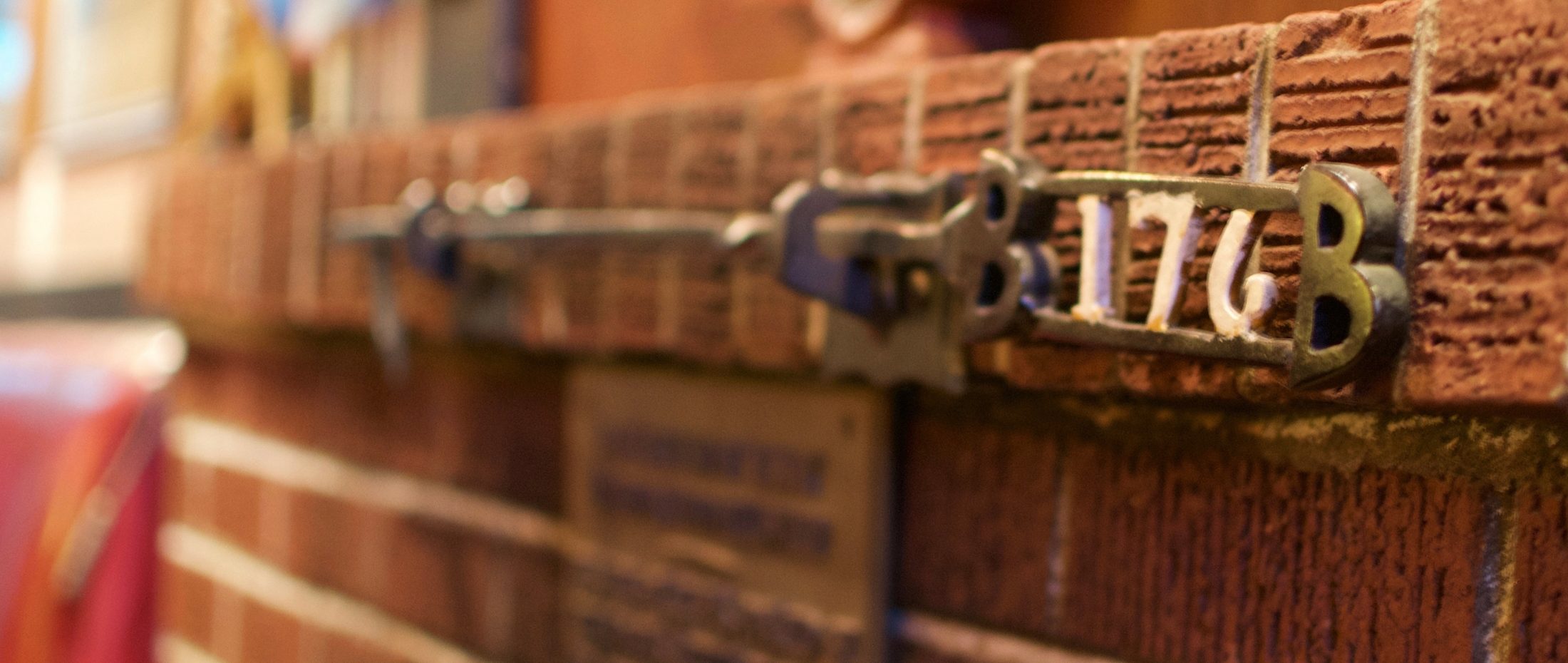In consideration of all our staff, members’, and guest patrons’ safety and well being, The Billy Bishop Legion is closed today, Sunday February 2nd, 2025 due to the weather. – So, there is no Meat Draw today.
We look forward to welcoming everyone back on Tuesday, February 6th, during our regular hours—don’t forget Bingo from 6-8 PM!
See you then! 
Stay Safe and Warm!
– The Branch Executive
In consideration of all our staff, members’, and guest patrons’ safety and well being, The Billy Bishop Legion is closed today, Sunday February 2nd, 2025 due to the weather. – So, there is no Meat Draw today.
We look forward to welcoming everyone back on Tuesday, February 6th, during our regular hours—don’t forget Bingo from 6-8 PM!
See you then! 
Stay Safe and Warm!
– The Branch Executive
You can see how this popup was set up in our step-by-step guide: https://wppopupmaker.com/guides/auto-opening-announcement-popups/
IN MEMORY OF HER MAJESTY QUEEN ELIZABETH ll
Dominion Command of the Royal Canadian Legion, in deference to, and to honour the memory of Queen Elizabeth II during this period of mourning, has requested all Branches defer all activities such as dinners, entertainment and meat draws until after the funeral. In accordance with these directives, Branch 176 has canceled all such activities during this period with the exception of a Meat Draw to be held Sunday, September 18th, 2022.
Queen Elizabeth II was a great supporter and/or patron of a vast number of wide ranging Charities worldwide. These include a large number in Canada including Canadian Cancer Society and CF regimental and Military Associations among others too numerous to name. She had d a special focus on seniors and youth with support for all Girl guides, Cadet organizations and closer to home for us with our predecessor the Canadian Air Force Association. In celebration of her memory and knowing her support for charities, we will have our Charity Support meat draw event which also supports Youth with Cadets and other senior and veteran programs this Sunday Prior to the funeral which takes place at 3:00 A.M PDT. We will have a minute of silence prior to the start in her memory and everyone will have the opportunity to be able to sign the book of Condolence/Remembrance one last time.
All private, non-Branch events are still allowed to take place.
You can see how this popup was set up in our step-by-step guide: https://wppopupmaker.com/guides/auto-opening-announcement-popups/
RCL #176 March General Meeting
Sunday, March 27th, 2022 – Upstairs Lounge
Registration begins at 1:30 pm
The Executive needs to hear your opinions and voices as we look to the future of the branch.
March 27th at 2:00 pm Upstairs Lounge
Registration begins at 1:30 pm.
The Executive needs to hear your voices as we look to the future of the branch.
EFFECTIVE DECEMBER 22, 2021
Due to the newly announced Provincial Health Orders, the Billy Bishop/Kerrisdale Legion RCL #176 will be closed until January 20th, 2022. That is the earliest date we will be re-opening.
The Executive is monitoring Branch Operations during these province-wide restrictions.
Please visit our website home page for current Covid-19 Protocols and House Rules (updated July 24th)
We thank everyone for their patience during these changing times.
Stay Safe! – and please do try to enjoy this holiday season!
November 4th, 2021
While we are seeing an end in sight, we are still in the midst of a global pandemic.
Remembrance Day will be different than in past years. We are grateful this year to be an open and safe/healthy space for our members (& up to 2 guests each) wanting to share Remembrance Day with us at the branch. Our capacity is limited to 75 people; all of who must adhere to our Safety Protocols.
For additional details regarding Remembrance Day at the Billy Bishop/Kerrisdale RCL #176 Branch, please view our Home page under Announcements.
